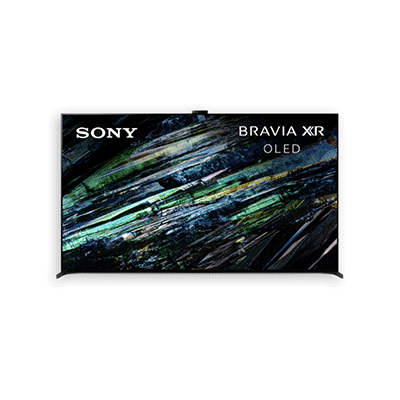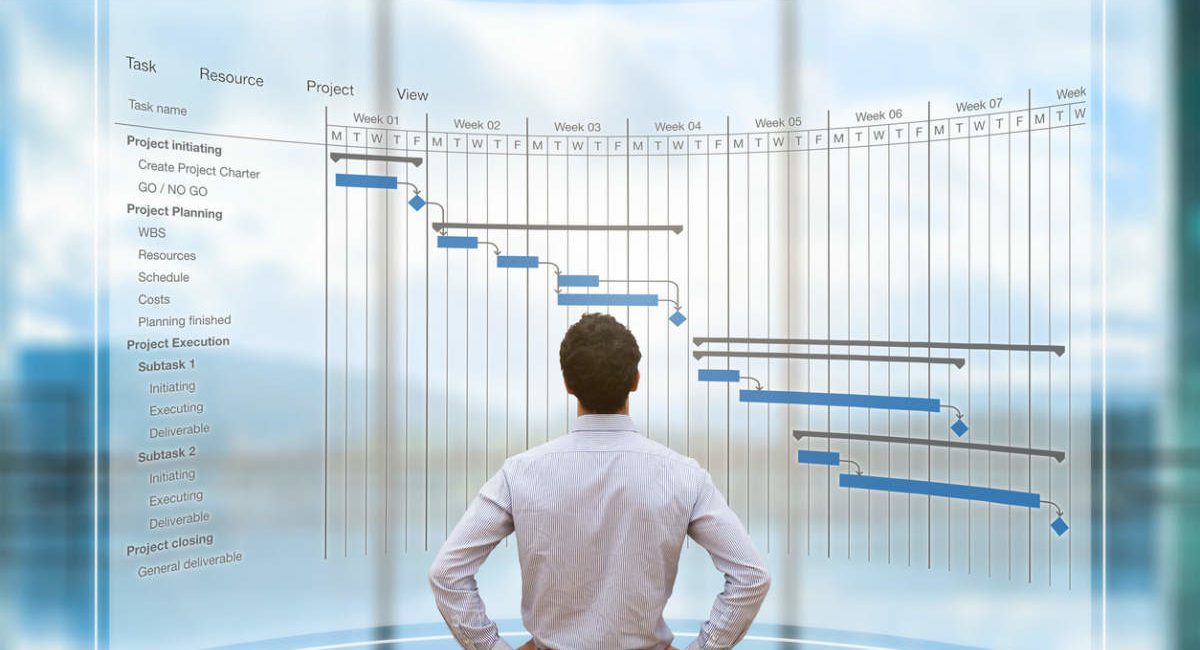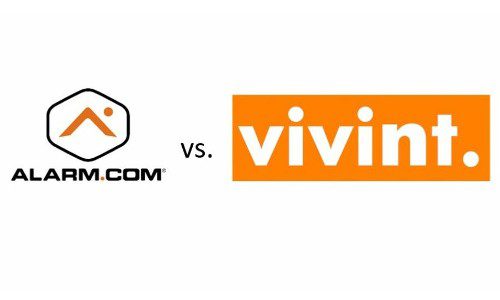At this point in time, there really is no debate about whether or not an integration company needs software. It does… the efficiencies of using software versus not using any software at all to run a business are irrefutable.
But should a dealer make the investment on an end-to-end software solution or piecemeal multiple single-purpose software programs together? The piecemeal approach is the most common among CE pros for several reasons:
Integrators don’t tend to invest in a piece software until they actually need it. For example, a small shop custom integration firm with only a few employees probably does not need an in-the-field employee time management system.
Likewise, GPS tracking of vehicles is not going to be a high priority. Also, a new company just getting on its feet does not have a large database of past clients or potential new clients, so a Customer Relationship Management (CRM) software system for sending emails, etc., is a premium versus a necessity.
Turnkey software solutions can be expensive. For a typical integration company, expenditures tend to be prioritized for equipment and other direct costs necessary to get the job done in the field… things like labor, insurance, vehicles, and tools.
Additional expenditures on indirect costs like telephone, rent, and legal costs also gobble up some of the profits. Spending five figures or more on a piece of software is a hefty amount for some integration companies, even large ones.
But the results prove that the efficiencies gained from software can be monumental. In one extreme circumstance, Bluespeed Audio Video of Tulsa, Okla., saw a 38 percent increase in profitability after switching to the iPoint end-to-end software solution last year.
More realistically, integrators report an average immediate 5 percent bottom-line boost after adopting iPoint, according to Brian Good, vice president of sales and marketing at iPoint.
The six common necessary pieces of software integrators require are:
- CRM – To gain new customers and reach out to existing clients
- Proposal Software – To present your solution
- Accounting Platform – To handle the money, commonly Intuit Quickbooks.
- Project Management – To manage the job and schedule it
- Inventory Management – To track inventory (often not used by smaller integrators)
- Calendar – Daily duties in Google Calendar or iCloud that must be integrated with the Project Management software
Beyond these six base pieces of software, integrators will sometimes have additional software for service monitoring, service ticketing, vehicle tracking, and technician time tracking.
Here are 5 reasons why integrators should consider making the investment into an end-to-end software solution:
1. It Ties All Your Data Together
A single piece of software that can bring together multiple pieces of software, from Excel spreadsheet to email databases to scheduling, is by nature going to be more effective for reducing double-inputting, and thus reducing errors.
“One of the largest problems that the A/V industry faces is segregated data. Segregated data is a big problem, because when you’re using multiple systems to run a single business, and those systems that you’re using don’t integrate together, it creates an unnecessary business risk,” says Good.
As an example, he points to the most common example of segregated data he encounters among dealers: integrating CRM, proposal and accounting data.
Related: 2018 CE Pro Wage and Salary Study
“Oftentimes integrators are using QuickBooks either online or the desktop version. Then, they’re using something else as a CRM, and something else to create the proposal itself.
“The proposal system might integrate with QuickBooks; it might throw some information in a memo line that the integrator has to go sort out later, but it’s not allowing them to be efficient with job costing and tracking inventory levels,” says Good.
2. Improves Customer Service to Avoid ‘Broken Promises’
Good says dealers’ reliance to try to stretch QuickBooks beyond its capabilities is an ongoing problem.
“QuickBooks a great accounting platform, but it’s not a real inventory tracking platform, and it doesn’t delineate between what you ordered for a job and what you actually have on hand,” says Good.
“So now an integration company has to have another system to manage all the inventory, and that may or may not give an integrator the ability to create separate inventory counts for technician vehicles.”
The results are that technicians are going out into the field believing they have a certain number of HDMI cables, for example, in their van.
But they often discover they don’t actually have the number they need, which entails an extra trip back to the shop, which then snowballs into making them late for another potential project on the docket.
“That’s a broken promise when somebody doesn’t show up. When you break promises to customers, it gives them the impression that you failed at an expectation. That has a tendency to escalate people,” says Good.
The situation can snowball even further when the integrator decides to start moving technicians off one project onto another to satisfy the angry client.
“But when you switch technicians around, you may not have the equipment for the job in that particular van. Now you have a technician on the project but the equipment is missing. So you have an angry technician with a van full of equipment that isn’t his,” says Good.
A single software ecosystem will automatically adjust and notify everyone.
“If your employees are working off of limited datasets and you are making important decisions based on a limited dataset, it is a business risk to avoid,” concludes Good.
3. Eliminates Knee-Jerk Buying of Single-Purpose Software
It’s human nature… you don’t buy something until you need it. That holds true for food, cars, gifts, etc. It also holds true for software, but often, buying a single-purpose software based on immediate need can sometimes end up costing you more in the long run.
“Integrators buy software because they have a specific need. If it is ‘I need to know where my stuff is,’ then they buy inventory management software. But, when you don’t take a step back and think to yourself, ‘Okay, once I’m able to manage my inventory, now I’m going to need to be able to share that information with my QuickBooks, project management platform, and calendar.
“I’m going to need to integrate this stuff together. It’s really the addressing of an immediate need rather than taking time to create a process-driven workflow that is sort of one of the limitations,” comments Good.
4. It Creates Process-Driven Workflow
Good notes that it is common for integrators to turn to recognizable, less-expensive software brand names when they have a specific need, but that often negatively affects a company’s process-driven workflow, or lack thereof.
Integrators commonly opine that buying a turnkey software solution will force them to alter the entire operational process. Good says, in some cases, that is true… but sometimes altering their existing workflow can be a good thing for a custom integration company.
“It is not necessarily a misconception… it can be true. An end-to-end solution is going is going to present an integrator with a process-driven workflow that is visible in detail and allows a company owner to create areas of responsibility for himself and for his employees. It allows you to really define areas of accountability within your organization.
“For the integration companies that say they don’t want to change the way their business runs, an end-to-end solution may be some necessary changes. But it should be a platform that is flexible enough so it doesn’t require you to rewrite the way your business functions,” says Good.
He continues, “At iPoint, we’ve created a very detailed workflow process that has been vetted and tested in the A/V environment.”
The software allows integrators to scale up slowly, so they can start by just using the CRM functionality, then add the proposal element, scheduling, change-order management, etc., later.
5. Saves Time, Boosts Labor Utilization
When evaluating software, time savings is probably the No. 1 metric to examine.
“One way to establish time savings is to find out how much time you actually spend opening up your apps, searching for information, and calculating the percentage of errors that are caused within your workflow based on information not being updated in the right spot or not being complete enough,” says Good.
Read Next: CE Pro BEST Awards 2018 Winners
“Then, if you manage that, a good metric might be to take your overall sales and then to take the efficiency of your installation team and the hourly rate that you charge for them.
So if you’re scheduling your guys 60 percent of the time, and you charge $100 an hour, how much more money in annual sales will it equate to by boosting the labor utilization,” recommends Good.
“If you are using six, seven, 10, 12 different apps, and it takes you an average of 30 seconds to open each one, and you open each one 10 times in a day, if all a turnkey system does it eliminate the time spent opening different apps, there is a time savings right there.
“If you save even 1 percent of the time that a company spends throughout the day or the month or the year, that is going to result in additional efficiencies. That time can be spent doing something productive,” he notes.
If you enjoyed this article and want to receive more valuable industry content like this, click here to sign up for our digital newsletters!








